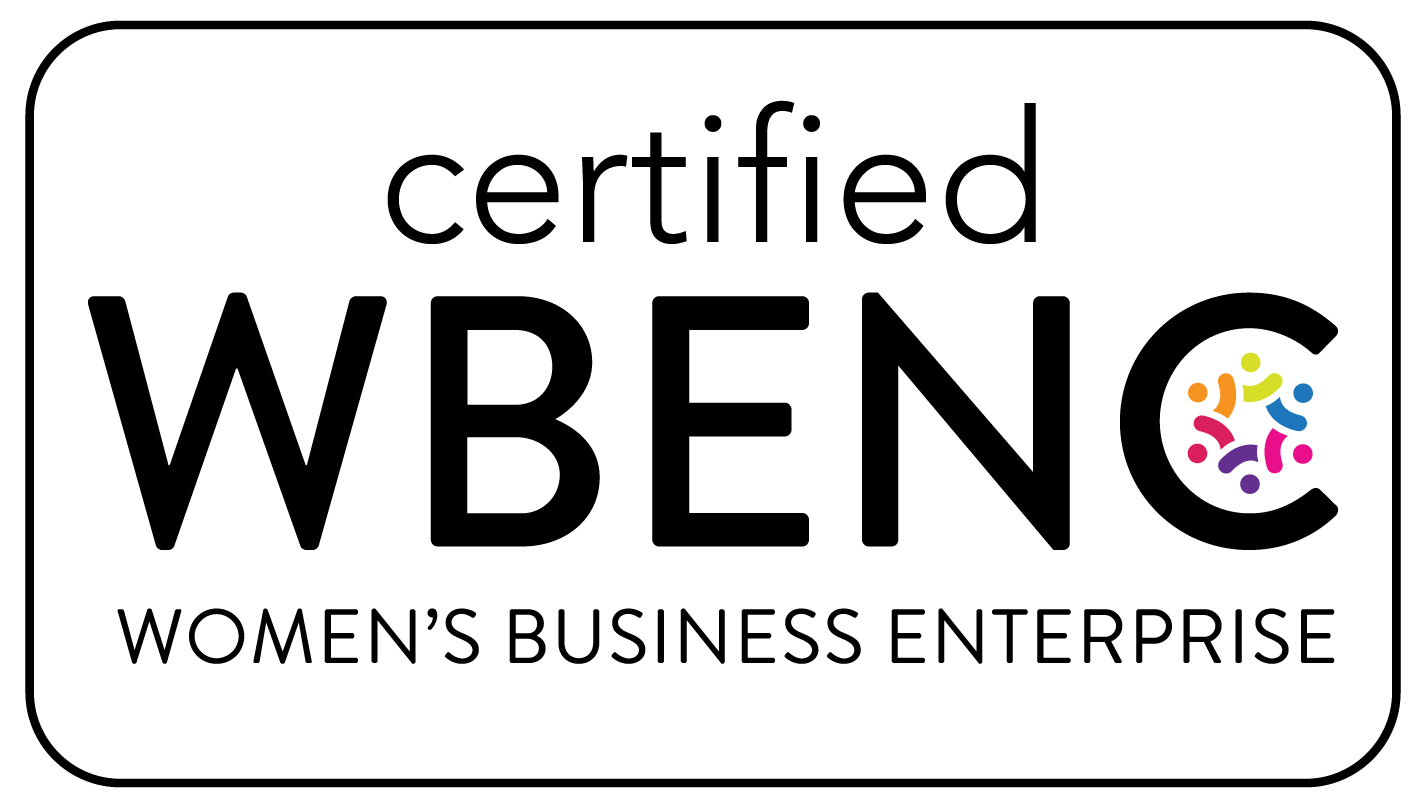At Stock Legal we are technology based and have always had remote capability. Some of us have been working remotely since long before COVID-19 came onto the scene. Fortunately, for us and our clients, moving to a teleworking model was pretty seamless. But we miss meeting our clients and seeing each other face-to-face in the office. While we can’t wait to get back to the office, we know we’ll need to figure out how to safely re-enter our workspace and meet in person with clients regularly again.
To that end, it is very important to make our environment safe for the Stock Legal Team and our clients. We also want those returning to work and coming to our office to feel comfortable. We suspect many of you are going through the same thing and wondering where to start. We’ve been following COVID-19 legal developments and wanted to share some things we’ve learned to help you prepare for re-entry.
For a safe, productive re-entry, you’ll need a plan. Think about how to create a safe workplace, reassure your employees and customers, and protect your business from COVID-19 related liability. There’s no rulebook for this. It will be important for you to start by assessing your needs, which will vary by industry. Health care and food services industries will have different risks and needs than technology companies or accounting firms. Think about what will make your business run safely and efficiently and base your plans on CDC, OSHA, EEOC, and other authoritative guidelines. In addition to federal resources, be sure to check your state and local guidance. For example, St. Louis County has issued helpful industry specific protocols. (Below see links to these federal resources and guidance from Illinois, Missouri, St. Louis City and St. Louis County.)
At this moment, we are all figuring this out together for the first time. Our goal in assembling the outline below is to issue spot, ask questions, and direct you towards guidelines that will prompt thoughtful and intentional discussions amongst your senior management. These discussions will be guideposts leading you towards the safest plan that you can build with the information you have right now.
- Preparing. Make a return-to-work plan. Decide when and how you will reopen. Choose your team to develop the plan, use people from all aspects of your operations so that all functions are considered.
- Protecting the workspace:
- Accomplishing social distancing: manipulating time and space
- Routine Cleaning: Specify what steps are taken and document when cleaning occurs.
- Do you need everyone back at once? If not, who returns first? Can some telework?
- Do you need to reconfigure cubicles or other workspaces to allow for appropriate distance?
- Do you need to move waiting rooms, lobbies or other public spaces open to clients and customers?
- Do you need to close common areas like breakrooms and meeting rooms?
- Do you need to stagger worktimes?
- Protecting employees from each other
- Because of Family and Medical Leave Act (FMLA) and the ADA (Americans with Disabilities Act) restrictions, employers are often hesitant to ask to much about medical conditions. But these are exceptional times and governments recognize this. The EEOC has clarified that employers may ask if employees are experiencing COVID-19 symptoms and gives guidance how to ask other questions. In these exceptional times, the EEOC is allowing employers to take employees’ temperatures. (In non-pandemic times, taking a temperature could be considered an unlawful medical exam). See the links below for an excellent EEOC resource to help navigate these issues. Will you ask about symptoms?
- Will you encourage continued teleworking where possible?
- Will you make accommodations for employees in vulnerable populations? You may want to strongly consider special accommodations for employees who are members of a vulnerable population but work with you human resources staff and employment counsel to outline what steps you can take and what assumptions you can make, to avoid any ADA (American with Disabilities Act) or ADEA (Age Discrimination in Employment Act) issues.
- Will you take temperatures of employees as they enter the workplace? (Factories or warehouses where physical coworker interactions are necessary may call for more proactive steps on behalf of the employer.)
- Will you take temperatures of clients or customers entering the space?
- Will you can ask employees about symptoms and exposure to people who have tested positive?
- How will you handle possible exposure issues?
- Will you mandate self- quarantine for people working closely with someone who tests positive?
- Will you establish handwashing guidelines, giving employees adequate break time for regular handwashing?
- Think about use of PPE (personal protective equipment). In some jurisdictions facemarks are required in the absence of a medical reason not to wear one. Will you require?
- Set and communicate clear expectations.
- Communication is Key. If your employees and customers know exactly what precautions you are taking to protect them, they will feel more comfortable returning. Be transparent and explain why you are making changes. Seek input from employees when it’s appropriate. Make sure everyone is on the same page and communicate expectations. Clear expectations will prevent tension between employees and clients, alleviate fear, and keep things running smoothly.
- Transparency is key.
- When employees and clients know what steps you took and the lengths you went to in order to create a safe environment, they will be less likely to file claims even if something does go wrong.
- Transparency doesn’t mean sharing everything, but instead simply providing a context for choices made.
- For example, explain how and how frequently the office will be cleaned, what information will be shared in the event an employee tests positive for COVID-19.
- Will you create a Q & A piece that employees can access on an internal website?
- Some employees will be too nervous to ask questions so you’ll want to make information easily available.
- A consistent message is important. Create a targeted message team so the information is coming from a few key individuals to keep the message consistent. Designate one or more go-to individuals for employee questions.
- Implement. Now that you’ve created and communicated your re-entry plan, it’s time to implement. Once you have built the plan and distributed it, you have to comply with your own guidelines. Think about issues that can arise as you implement and how you will address.
- How will you deal with employees who are unable to return because of pandemic related issues, loss of childcare, closure of schools and camps?
- How will you handle employees who’ve tested positive?
- How will you handle asymptomatic employees who have been exposed?
- How will you implement the Families First Coronavirus Response Act?
- Are you a “covered employer”? Covered Employers have fewer than 500 employees, there is a partial – but not blanket- exemption for employers with fewer than 50 employees
- Creates two new paid leave categories 1) emergency paid sick leave and 2) emergency paid family leave
- Laid off/ furloughed employees are not entitled to paid sick or expanded family leave under FFCRA
- FFCRA leave is 100% reimbursed to employers through tax credit with proper documentation
- Create or adapt forms, software or other ways to collect and retain the data necessary for your documentation
- Were there layoffs or furloughs that left employees feeling insecure about their jobs or the organization’s future? How will you address these concerns?
Disclaimer: This is an outline to help you develop your re-entry planning. Every employer’s situation is different and this is not a comprehensive outline of everything you may need to consider. This is a tool we thought would be useful in working with your team to develop a comprehensive plan. When developing policies, it is helpful to anchor your policy to a credible authority and this can be a huge help in avoiding liability for employers.
Resources:











